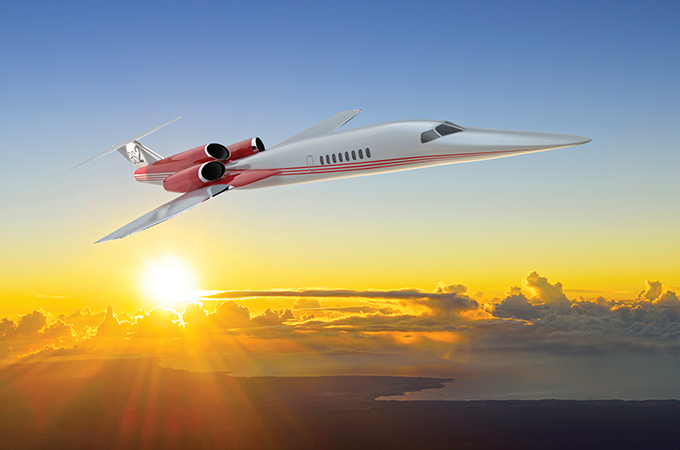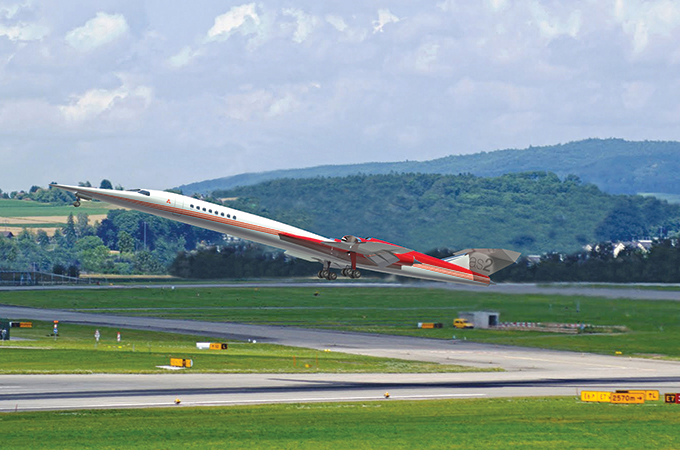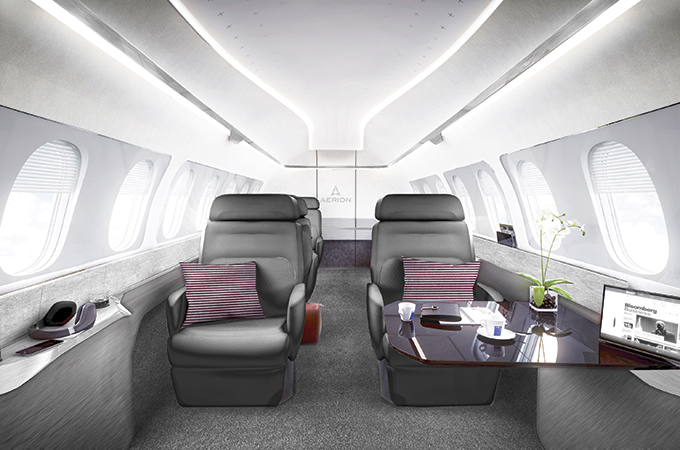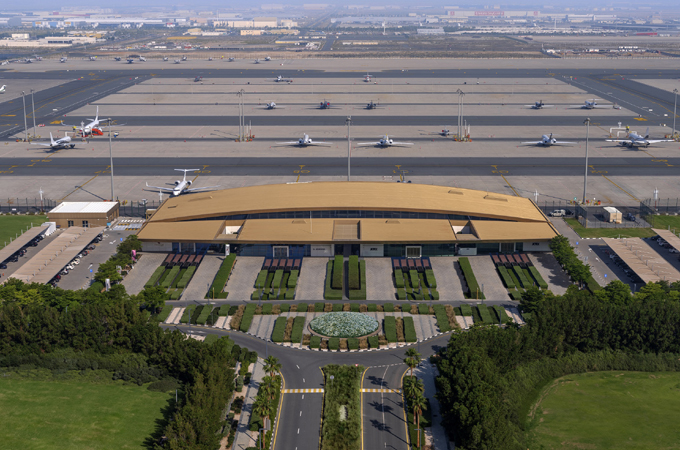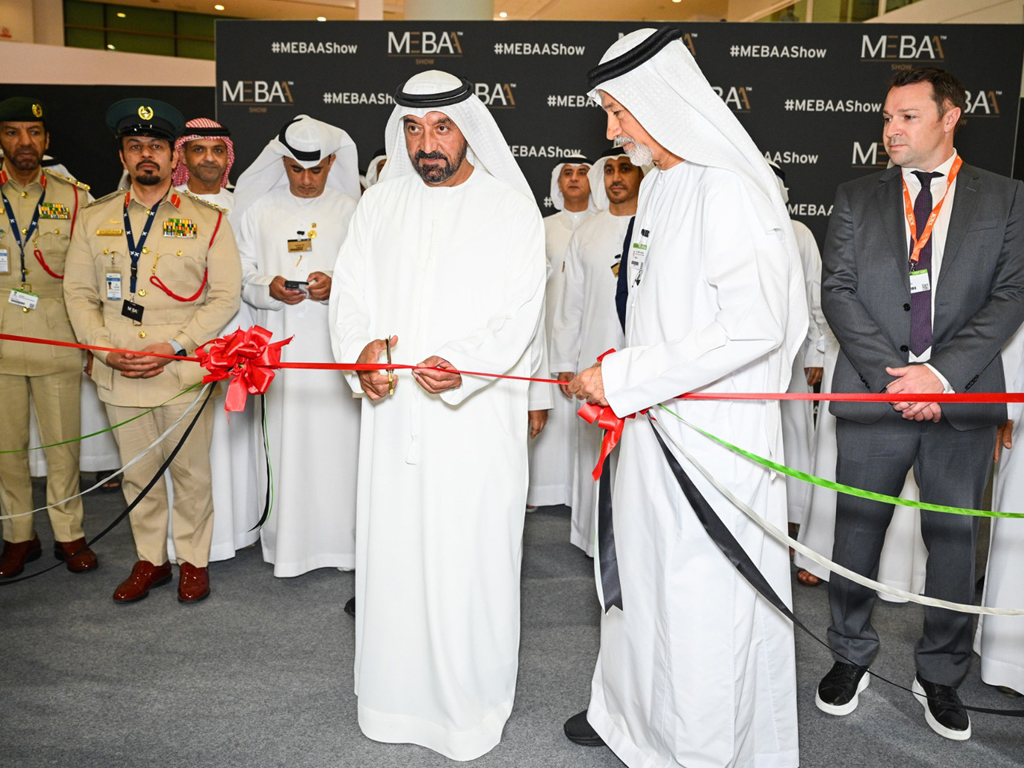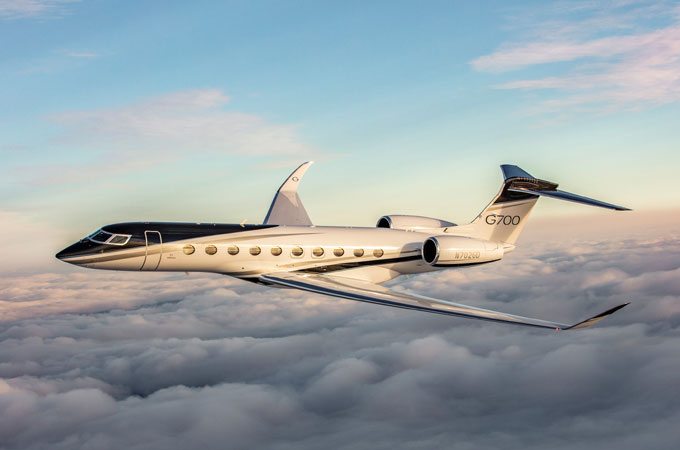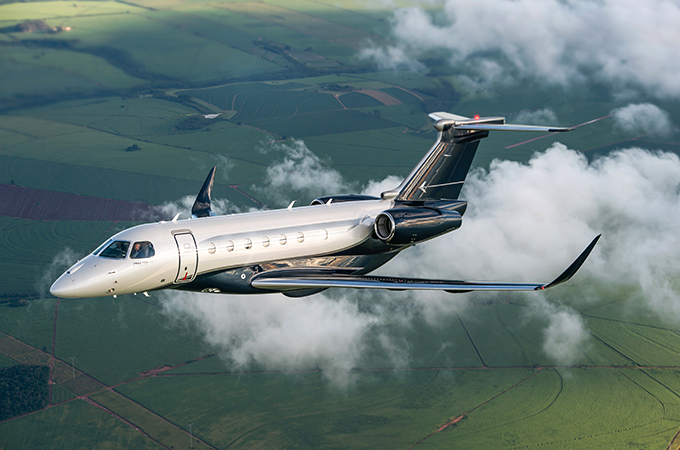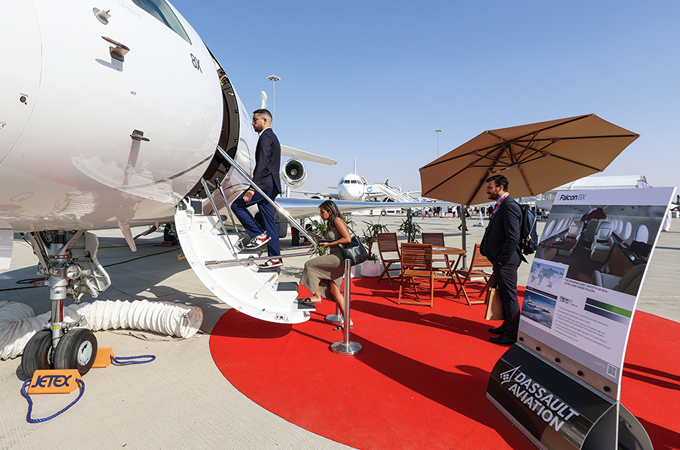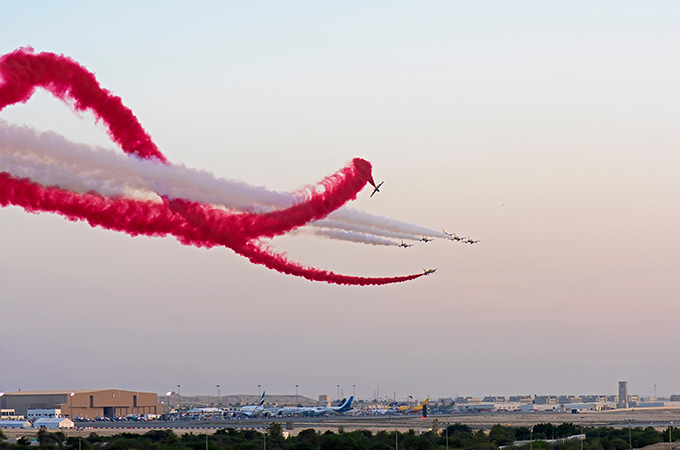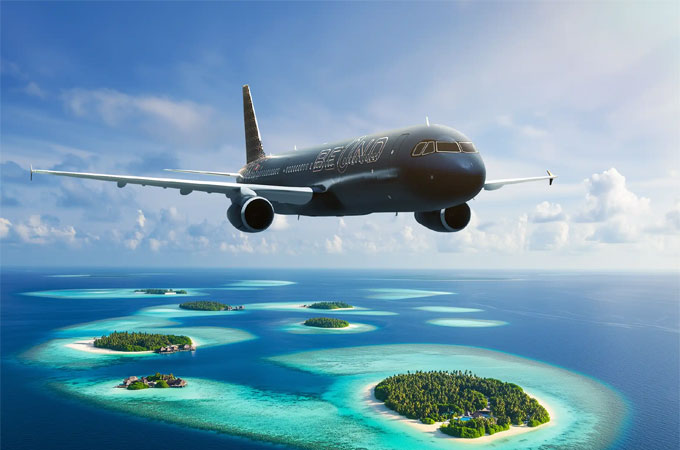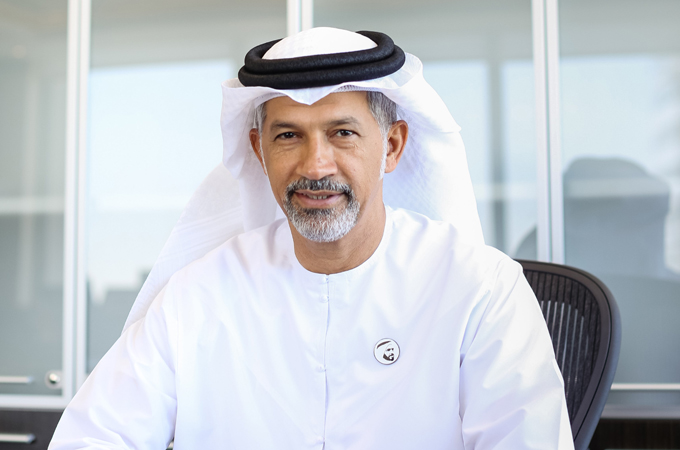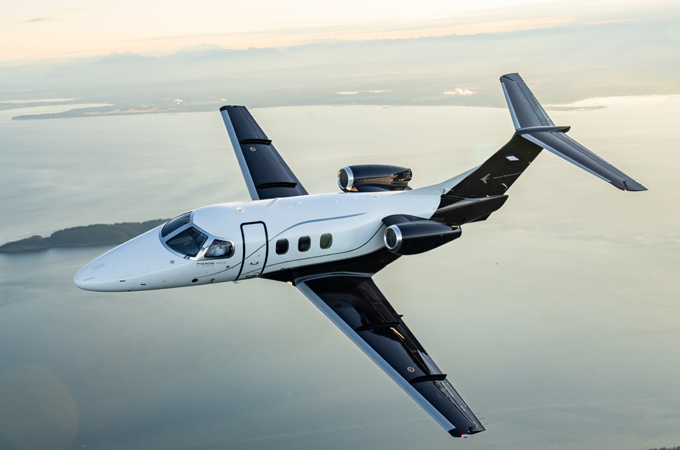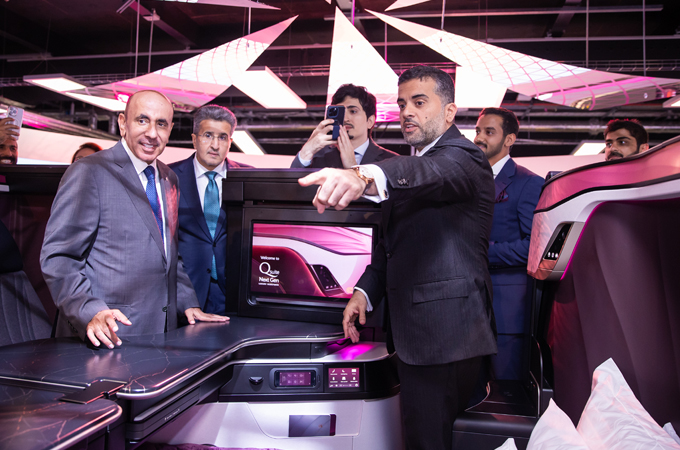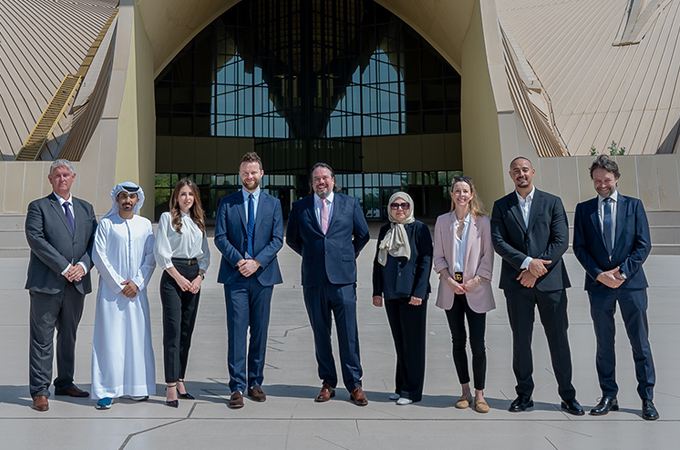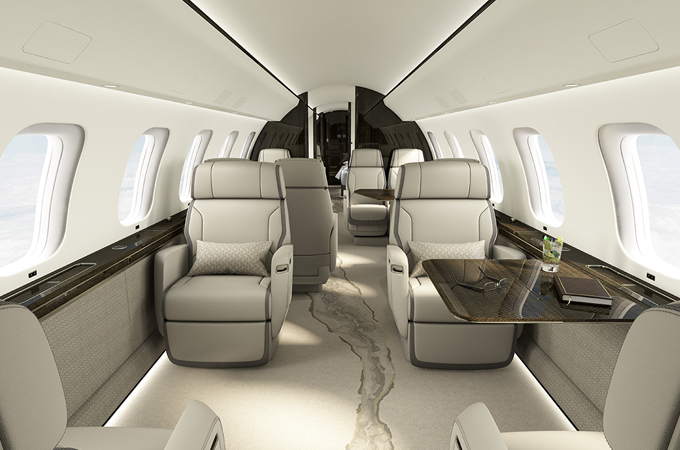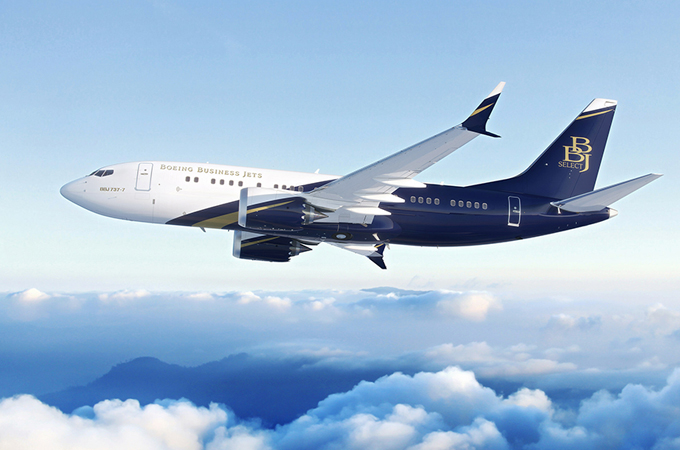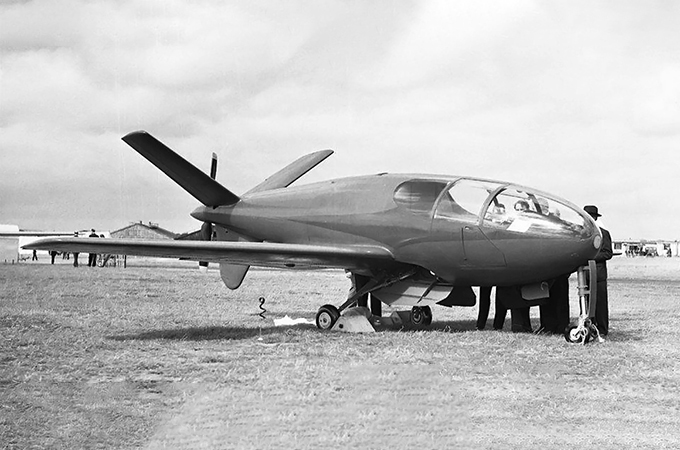Autumn 2015
Aerion will usher in a new supersonic age with its AS2 business jet, which will bring back the glory of supersonic travel and thrill high-flying travellers
Aerion Corporation will be at the 2015 Dubai Airshow showing off its new supersonic business jet which it expects will find favour with wealthy globetrotting jet-setters across the region.
Called the AS2, the new jet is expected to enter service by the early 2020s and will travel at speeds of up to Mach 1.1 without producing a sonic boom.
The jet will have the capacity to seat up to 12 passengers, in three configurations: Double Club, Conference/Dining, and Aft Divan, providing travellers the individual space and comfort expected in a top-of-the-line business jet.
Its furnishings and appointments will be dictated by the customer and will be “unsurpassed in their quality, craftsmanship, and beauty”.
SPEED KING
Aerion says the AS2 will have a top speed of Mach 1.5. Rapid transatlantic dashes and other long range routes can be accomplished at this speed, which is 67 per cent faster than the top cruise speeds of current or anticipated long-range subsonic jets.
Its long range cruise speed of Mach 1.4 on supersonic routes will enable travellers save three hours across the Atlantic and six hours or more across long Pacific routes.
Boomless cruise flight is feasible at speeds up to Mach 1.2, depending on atmospheric conditions, principally temperature and wind. At these speeds, the shock waves that cause a sonic boom would, essentially, dissipate before reaching the ground, it says. This “Mach cut-off” cruise results from the normal physics of sonic boom propagation. “Mach cut-off” refers to the maximum speed that can be maintained without producing a boom on the ground. Aerion expects to conduct a flight demonstration programme post certification to gain regulatory approval for flights at Mach cut-off speeds.
Success in demonstrating Mach cut-off cruise opens the possibility that the US may adopt International Civil Aviation Organization (ICAO) standards, permitting the AS2 to fly at supersonic speeds over the US (where supersonic flight is now prohibited), as well as internationally.
Subsonic cruise speed is faster than the maximum speed of any conventional subsonic jet. The AS2 will cruise efficiently just below Mach 1, and achieve maximum range at Mach 0.95, with the possibility to cruise subsonically at speeds up to Mach 0.98.
Flying at a speed of Mach1.4, the AS2 will have a range of 4,750 nautical miles, which means it can travel non-stop between Dubai in the UAE and Tokyo in Japan.
Meanwhile, flying at a speed of Mach 0.95 will give the aircraft a range of 5,300 nm, enabling it to fly from London in the UK to Rio de Janeiro in Brazil.
So how does the aircraft achieve these speeds? Well, the AS2 is different from any airplane that has come before, principally in terms of aerodynamics and sheer performance, according to Aerion, which points out that the jet’s outline “is the new shape of practical and efficient supersonic flight” with “a supersonic natural laminar flow (SNLF) wing and other drag-reducing features” setting it apart.
SNLF, adds Aerion, is a “truly disruptive technology”.
In traditional subsonic airplanes, wingspan and fuselage length are roughly equal. The AS2 is characterised by relatively short, thin wings and a long fuselage, much like some supersonic fighters, and for similar reasons. The Aerion wing vastly reduces fiction drag while the Aerion fuselage minimises wave drag.
For all its outwardly different looks, it is in other respects conventional, using the very best of modern structural materials and assembly technologies, as well as advanced systems for propulsion, flight control, environmental control, and more, Aerion points out.
ORDER BOOK OPEN
Aerion opened its order book for the jet at the European Business Aviation Convention & Exhibition (Ebace), which was held in Geneva, Switzerland, in May this year, with Aerion Chairman Robert Bass stating that the launch marked “another step forward for Aerion”.
The price of the supersonic business jet is $120 million (2015 prices), and the US firm says that the initial 50 launch customers will receive preferential pricing and other benefits available only for this first tranche of orders.
“We are offering a select group of forward-thinking business aviation users the opportunity to fly faster and to make history with us as we reintroduce commercial supersonic flight,” he said at the event.
Bass pointed out the supersonic jet was bound to attract an elite group of travellers who place a high value on their time.
“They can save three hours between Paris and Washington, DC, and six-and-a-half hours between San Francisco and Singapore. That speed advantage will be quite meaningful to them,” he said.
Meanwhile, the company has continued to expand its engineering organisation and deepen ties with Airbus Group as the two entities participate in a joint definition phase, refining the AS2 design.
Aerion also moved into new and expanded offices in Reno, Nevada, in March to accommodate a growing staff and provide space for Aerion and Airbus engineers to work together.
New low-speed wind tunnel tests were planned for the AS2 at the University of Washington wind tunnel complex in September.
“We’ve made substantial progress in defining the AS2 from the inside and the outside,” says CEO Doug Nichols. “It clearly is the shape of things to come and the next great advance in civil aviation.”
Aerion has also made several key appointments this year to grow and develop its business.
Ernest (Ernie) Edwards, formerly President of Embraer Executive Jets, joined the company as Senior Vice President and Chief Commercial Officer earlier this year, while in August, Sean McGeough came on board as Regional Vice President for the Northeast United States (US).
McGeough previously served as CEO of Nextant Aerospace, a pioneer in business jet remanufacturing. There, he was responsible for developing Nextant into a successful global aviation brand. Prior to that, he served as president of Hawker Beechcraft in the eastern hemisphere, overseeing all of the company’s sales activities outside of the Americas.
At Aerion, McGeough will drive the growth strategy for a region that is expected to show some of the strongest demand for the AS2 supersonic business jet.
Aerion has also appointed Matthew (Matt) Cram, previously an attorney for leading aviation law firm Aero Law Group PC, as Vice President of Contracts. Cram will have responsibility for commercial contract activity for the AS2 supersonic business jet, as well as other legal affairs for the company.
Aerion Corporation was formed in 2002 to introduce a new era of practical and efficient supersonic flight. Over more than a decade, Aerion has demonstrated advanced wing technology in conjunction with Nasa and other leading aeronautical institutions. This research includes breakthrough work in the area of supersonic natural laminar flow, the key enabling technology behind the AS2 business jet.
The AS2 is expected to be certified in 2023, while final assembly is likely to be conducted in the US, according to reports.



